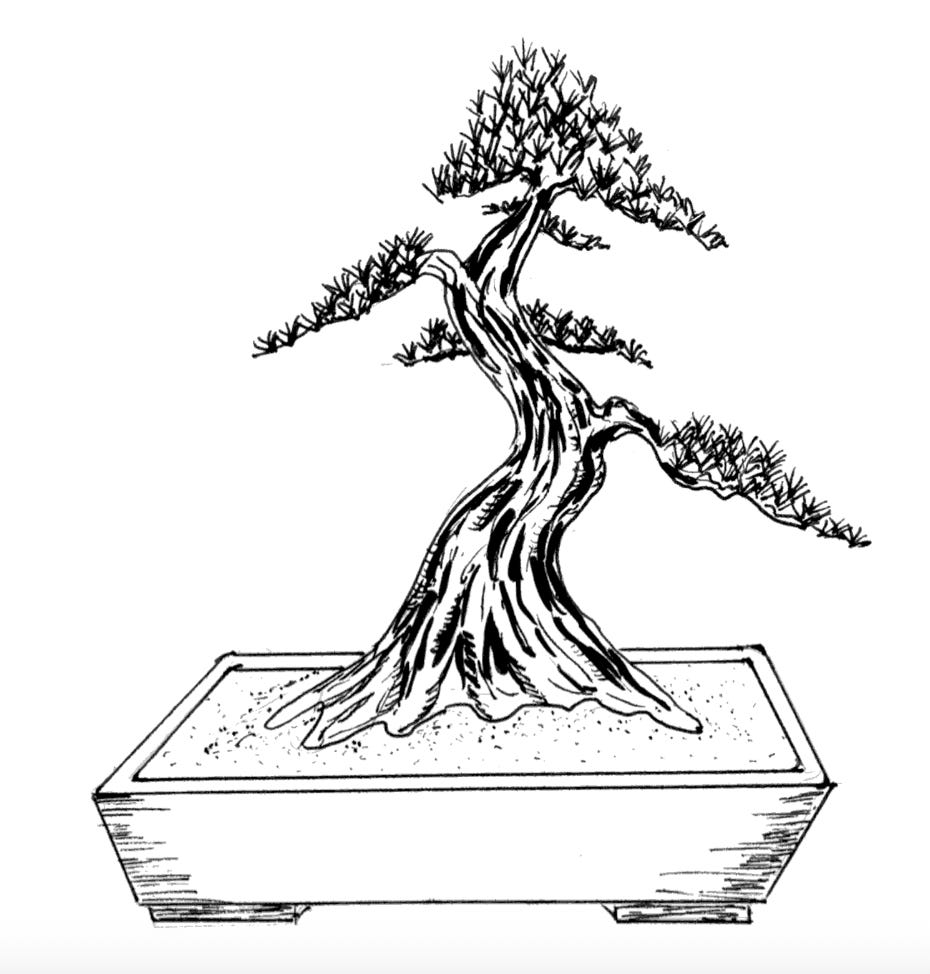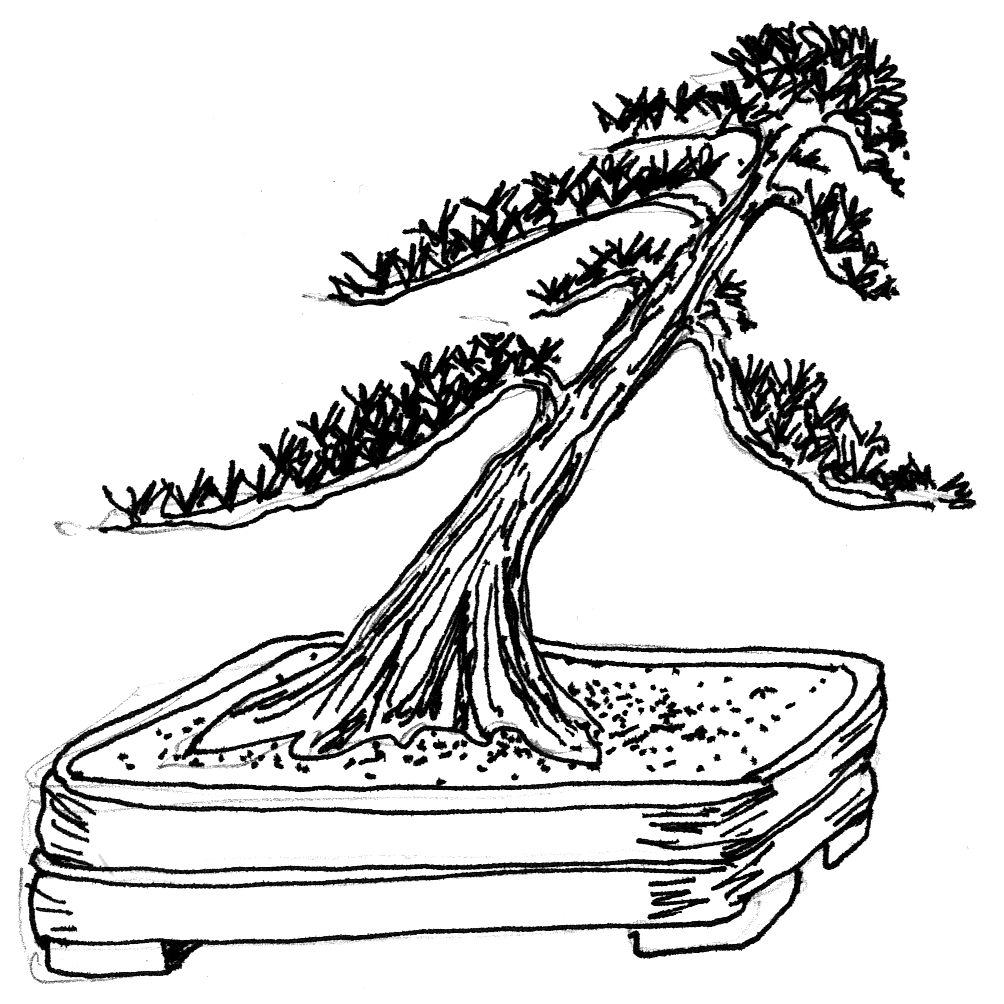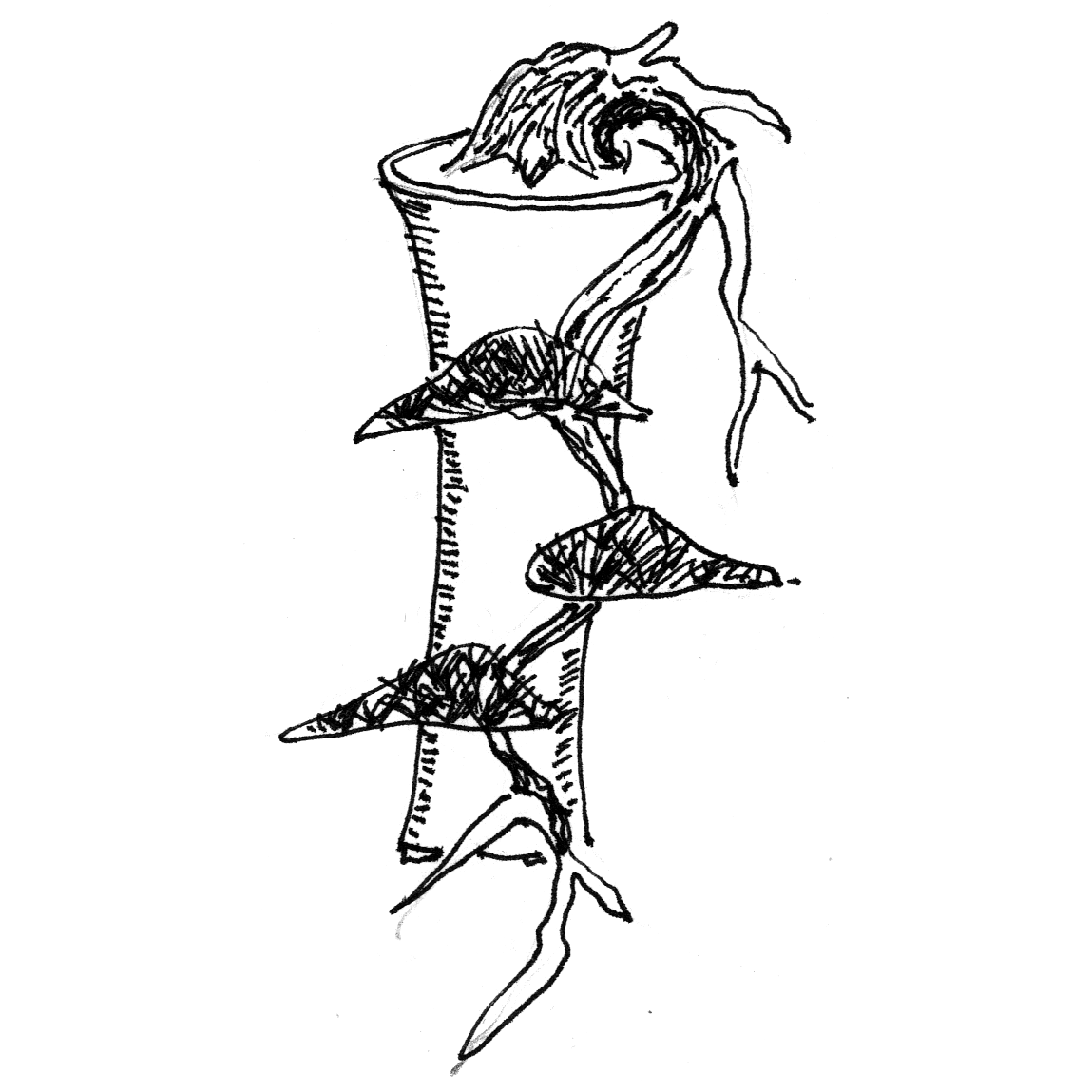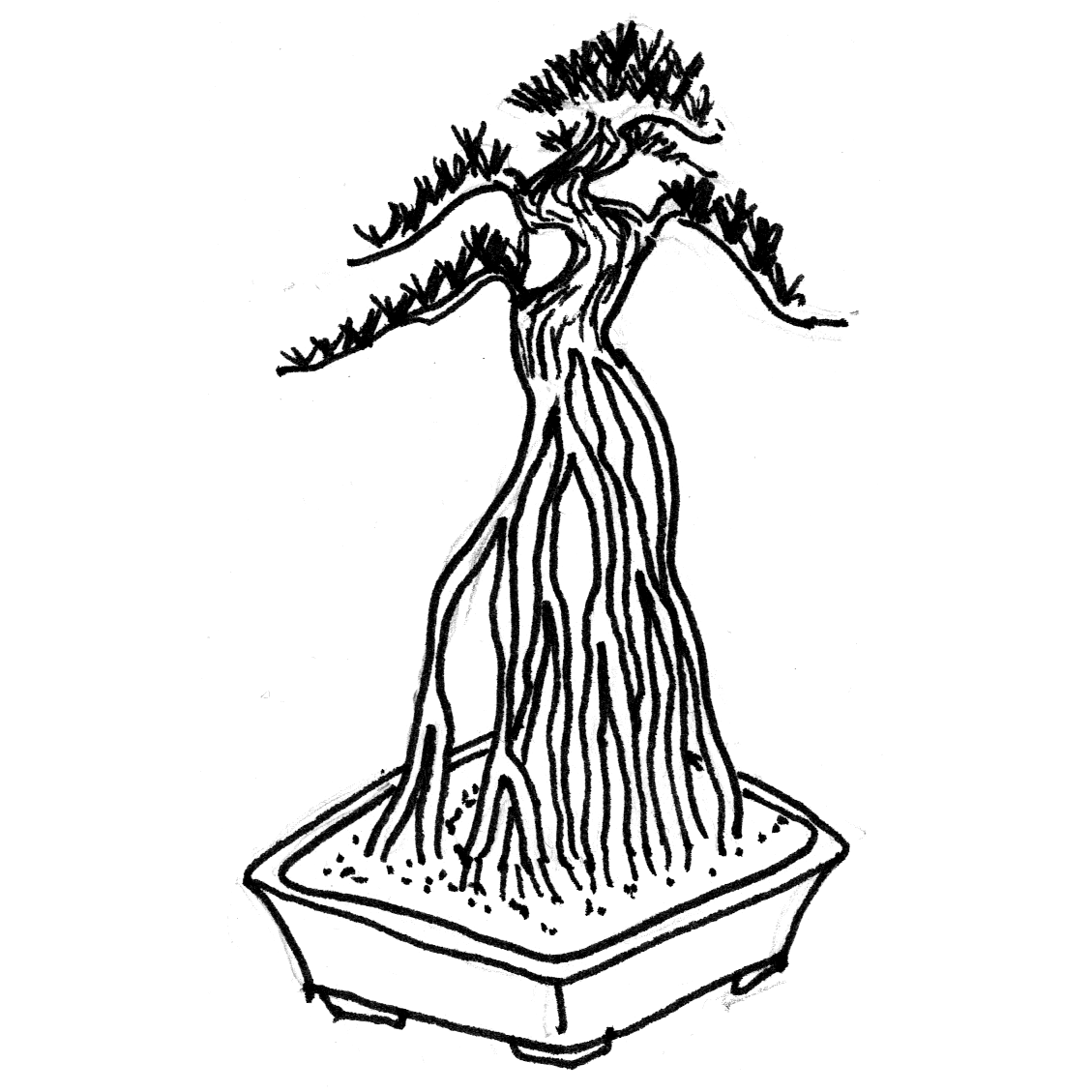Bonsai 101 - Chapter 3: Bonsai Styles & Appearances
Getting further into our Bonsai 101 series, learn all about the various varietals and styles of bonsai with Milton.
In Chapter 3 of the Bonsai 101 Series, Milton delves deeper into types of bonsai trees and bonsai styles.
Bonsai is a potted tree depicting a miniature landscape in nature. Based on this definition, a bonsai must appear natural, in the appearance of what we may encounter in nature. The bonsai could remind you of a heritage tree in the town square, or a grove of trees where you hiked – the shape is created to provoke the imagination of the viewer on how it has grown over the years. One could imagine a stately, upright-looking tree having had a calm life, as opposed to a grotesquely contorted bonsai that might have grown on a windy mountainside or weighed down by snow. This is not a complete list, but a bonsai could be referred to in the style of having a:
Straight Trunk
Formal Upright
Informal Upright
Slant
Cascade
Windswept
Weeping
Single
Double
Clump
Forest
Rock Clinging
Exposed Roots
Raft
A bonsai can also be described by its outline, such as:
Broom
Hat-Like
Catch-All
Free & Abstract
Naming the style of your tree to evoke the imagination is appropriate and meaningful – nevermind the formal or Japanese name – it’s really about what’s important and thought-provoking to YOU.
The Straight Trunk & Formal Upright Styles
The “Straight Trunk” and “Formal Upright” may be the most common form of trees we encounter every day.
Many coniferous trees (like pines, junipers, spruces, cryptomerias, and redwoods) have straight-growing habits. The trunk grows “straight up” as its apex seeks light, while its lower branches grow out radially and symmetrically, which causes the truck to taper as energy is diverted into its side branches. Many deciduous trees (like elms, trident maples, zelkovas, and Chinese hackberries) also grow more or less straight and ultimately have a rounded outline as the tree matures – this is referred to as being “formal upright.” The side branches have strong growing habits with longer and thicker lower branches, resulting in a strong taper between each node. A similar form is referred to as “standard” in gardener lingo – meaning a tree with a bare, straight trunk and rounded top. Many apple trees are pruned to that appearance. Straight trunks seem straight forward to make. In my opinion, however, it may be the most difficult bonsai style for beginners to do well. Nature is exacting in this case, and it is difficult to emulate.
Informal Upright Style
Trees grow to counter random natural events. For example, the apex may break off – resulting in a lower branch becoming off an angle to become the new apex.This results in the “informal upright” style. This style is pleasing because nature trained us to not only enjoy what is normal, but also to appreciate what deviates from the norm. The informal style is also popular because it provides more freedom for artistic creativity. Deciduous, evergreen, and conifer trees can all be made into this style.
Slanting Style
This is nothing more than a tree that is slanted at various angles due to whatever the cause. Natural growing habits take over such seeking light for a tree to grow each tree the way they are.
Cascade Styles
A cascade occurs because a lower branch grows particularly faster for its own reason, and then droops under its own weight…to become a cascade as shown in the sketch. A “semi-cascade” tree, if found on the side of a tall cliff, can result in a “full cascade.” This happens when the lower side branch keeps reaching out away from the cliff to seek light, while the top growth near the cliff dies off due to the lack of sunlight exposure. These bonsai are usually in a tall pot to enable the hanging branch to hang freely…and to complement a tall stand when being displayed.
Other Styles
The possibility of what occurs in nature is endless; we can observe and use our imagination to conjure up innumerable styles. For example, a tree may topple and sprout upright growth along the trunk to eventually become a series of adjacent trees. That is known as the “raft style.”
Other styles might include:
Root Over Rock
Double Trunk
Multiple trees in a clump
Forest
Broom Style
Mature, deciduous trees have rounded tops, and for those with upright-branching growth habits, like zelkovas, can easily result in what is called the “broom style” as they age. This style does not take as much skill; it simply requires consistently pruning the cross-growing branches to keep all branches growing radially out and up.
Exposed Root Style
The roots of a tree can be exposed due to erosion or even due to flooding. Some bonsai depict this situation by having very long exposed roots. Over time, this becomes an accepted design to exaggerate this growing condition.
Explore the art of bonsai through these various styles—to each their own!
About Bonsai Heirloom
We document bonsai transformations and the philosophy behind them. If you're feeling inspired to begin your own bonsai journey, consider adopting a bonsai from our curated collection. Each tree is hand-selected, artistically shaped, and ready to grow with you.






